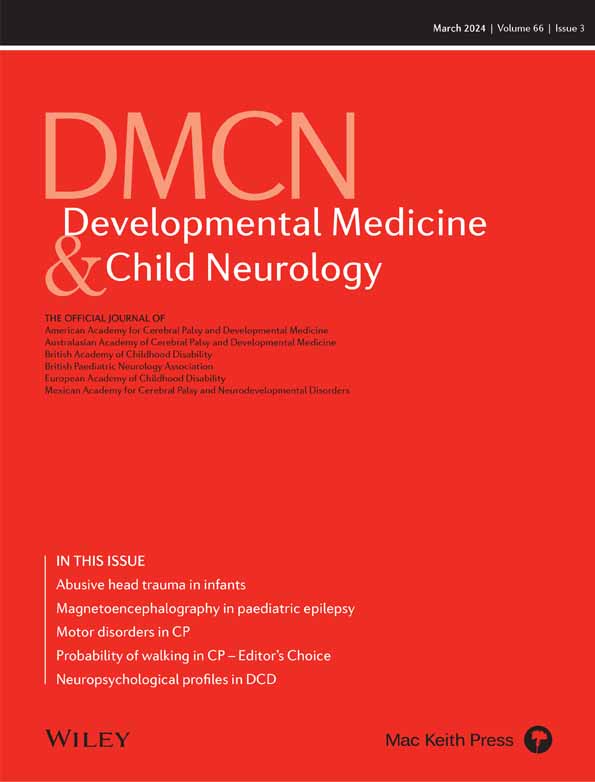Retinodural haemorrhage of infancy: Support for continuing current terminology and approaches
This commentary is on the invited review by Squier on pages 290–297 of this issue.
Abstract
This commentary is on the invited review by Squier on pages 290–297 of this issue.
The topic of shaken baby syndrome (SBS) or abusive head trauma (AHT) involves multiple disciplines that collaborate to diagnose and address health and social issues as well as provide support, legal intervention, and education toward prevention. In the 50 years since John Caffey's paper describing a form of abuse in infants which he called ‘the whiplash shaken infant syndrome’,1 substantial knowledge and expertise has advanced. Neuroimaging, comprehensive approaches to the clinical diagnosis, improved training and experience of clinicians, as well as a large body of research has reinforced the diagnostic processes.1 AHT remains a medical diagnosis describing a constellation of injuries to the brain and nervous system that result from a variety of mechanisms including shaking, impact, crush, or combinations. The diagnostic process excludes the various medical conditions that may lead to extra-axial hemorrhages, such as subdural and subarachnoid hemorrhages, as well as other findings due to abuse.
Squier's narrative review appears to misquote several studies.2 Narang et al.'s study demonstrates that the majority of physicians working in US children's hospital trauma centers accept the concepts of AHT/SBS.3 The American Academy of Pediatrics continues to support both AHT and shaking as a mechanism of injury.4 Biomechanical approaches based on the 1987 Duhaime study have been supplanted by improved modeling and infant surrogates.5 Minns et al.'s study on the relationship between intracranial pressure and retinal hemorrhages describes the differences in retinal hemorrhages in abuse and conditions causing increased intracranial pressure.6 Anderst et al. concluded that cerebral sinovenous thrombosis does not result in subdural hemorrhage and is not a confounder of the diagnosis of AHT.7
The Swedish Agency for Health Technology report has been criticized based upon its flawed methodology.8 Rather than review the separate components of injuries such as subdural hematoma, retinal hemorrhages, and encephalopathy, these components were reviewed together, as a ‘triad’. The review inaccurately surmises that clinicians observe a triad of these findings and automatically conclude the child is violently shaken. No medical society has accepted this flawed systematic review in contrast with the 2018 consensus paper.9, 10
In sum, the diagnosis of AHT/SBS in an infant or child involves a complex, thoughtful process that is not based upon a standard triad of conditions.11 A child presenting with subdural/subarachnoid hemorrhage accompanied by brain injury and severe hemorrhagic retinopathy deserves a critical and comprehensive medical evaluation. There is a differential diagnosis but trauma, and inflicted trauma, must be considered. There may be other injuries supportive of inflicted trauma.
There is no controversy amongst the medical professionals who care for children that AHT is real and has reliable medical support. The legal systems are adversarial and require the state to prove their case beyond a reasonable doubt. Each defendant deserves a vigorous defense. Though this does not mean any possible defense is valid, it is what is occurring in our legal systems. It is not the role or responsibility of the physician to advocate for the prosecution or the defense but to present accurate knowledgeable assessment of the case, that can include injuries, mechanisms of injuries, differential diagnosis, and an assessment of whether there is a natural disease process, accidental or inflicted trauma.
When clinicians make the diagnosis of AHT it is based upon the careful considerations of childhood injury, development, pathophysiology, radiology, and includes many of our colleagues in pathology and neuropathology, informed by robust literature. Squier's review runs the risk of underplaying the robust literature and comprehensive clinical process involved in making a diagnosis of AHT/SBS.
Open Research
DATA AVAILABILITY STATEMENT
Not required




